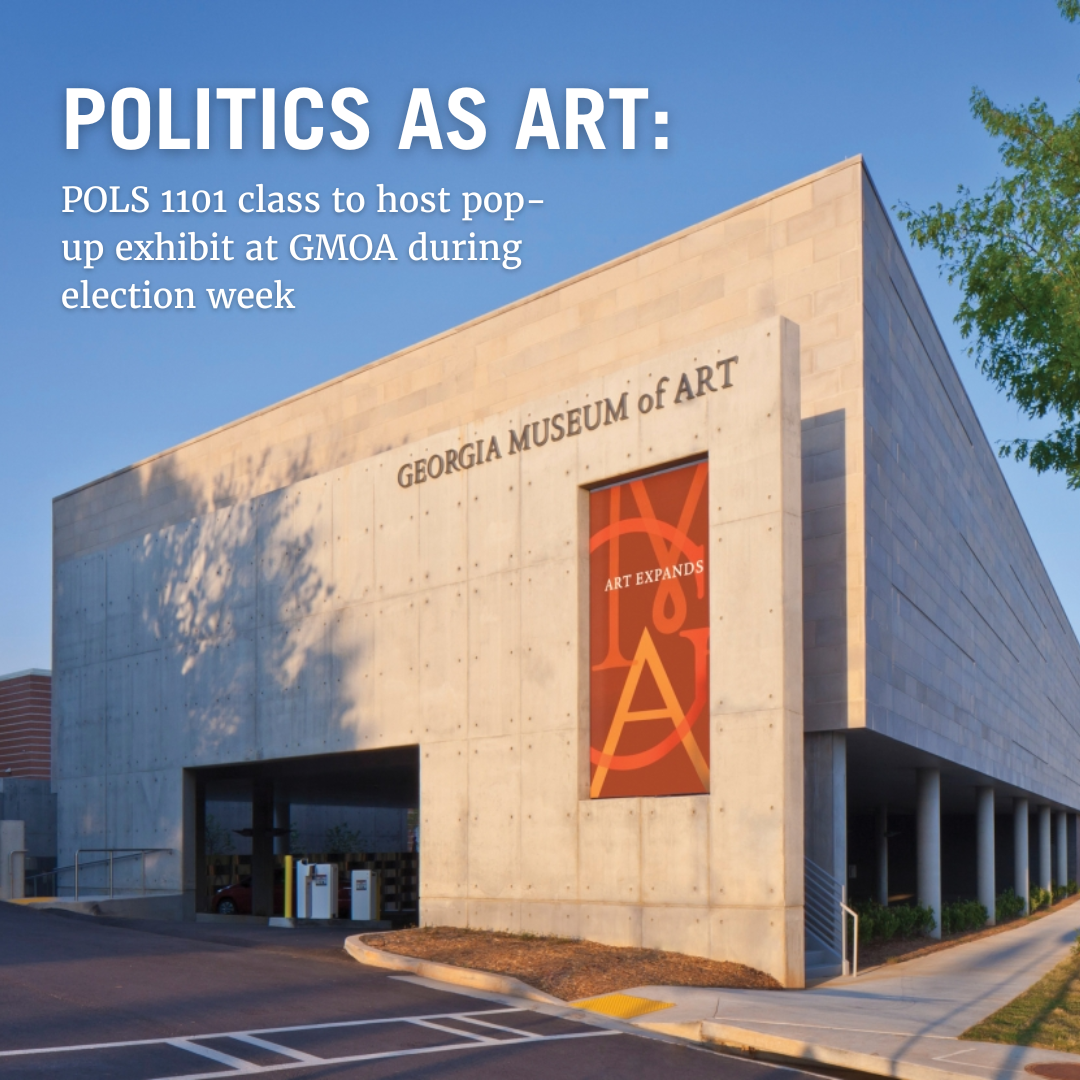
Dr. Charles Bullock has an upcoming article with the Georgia Law Review called “The History of Redistricting in Georgia.” He’s also working on updating parts of his book, “Redistricting: The Most Political Activity in America,” and will publish an updated version in the next few years to include the next round of redistricting. Given Supreme Court Justice Anthony Kennedy’s retirement and the Trump Administration’s confirmation of Justice Brett Kavanaugh, the next year could make history for redistricting, specifically partisan gerrymandering.
As a Georgia native, Bullock is interested in the oversized role Georgia has played with regard to developing the law on redistricting. A number of the leading cases have come out of Georgia, going back 50-60 years. In the early 1970s a Georgia case asserted that redistricting was allowed by the 1965 Voting Rights Act. The State of Georgia argued against this, saying the Voting Rights Act dealt only with registering and voting, not drawing district lines. But, in 1973 the Supreme Court decided that the Voting Rights Act did allow redistricting.
The main reason to redraw districts, since it began in 1962, is because districts need to have the same amount of residents in them. Every district needs “Equal population — one person one vote” when it comes to congressional districts. But of course, opening the door to redrawing districts also meant opening the door to potential manipulation and gerrymandering.
According to Bullock, “Gerrymandering, like beauty, is in the eye of the beholder.” There are various measures but courts have never outlined what exactly constitutes gerrymandering. If a district looks strange, the party drawing it might be asked to defend its odd shape but as long as they give a reason other than the race of the constituents, they are often in the clear. Creating a gerrymander while trying to keep residents of the same political party together is currently allowed, and is referred to as partisan gerrymandering or political gerrymandering.
Although the Supreme Court has created a standard limiting the role that race can play in drawing district lines, so far it has not been able to devise a system for partisan gerrymandering. Back in February the Supreme Court refused to decide in two cases of partisan gerrymandering, in Maryland and Wisconsin. However, the legality of the partisan gerrymander could change in the next year or so.
There is another case of political gerrymandering in North Carolina, set to be heard by the Supreme Court next year. It’s highly unlikely that anyone selected by President Trump will be as hard to predict as Justice Kennedy. Since Justice Kennedy’s belief that there is a formula out there that can solve partisan gerrymandering was the main reason the Supreme Court didn’t reach a conclusion, whereas the other Conservative Judges believe partisan gerrymandering is not a Supreme Court issue, it’s likely that the Kennedy’s replacement will be the deciding factor in the gerrymandering issue.
Whether the Court decides partisan redistricting is not justiciable or they decide to come up with a test for partisan gerrymandering, their decision will drastically alter the political landscape.










